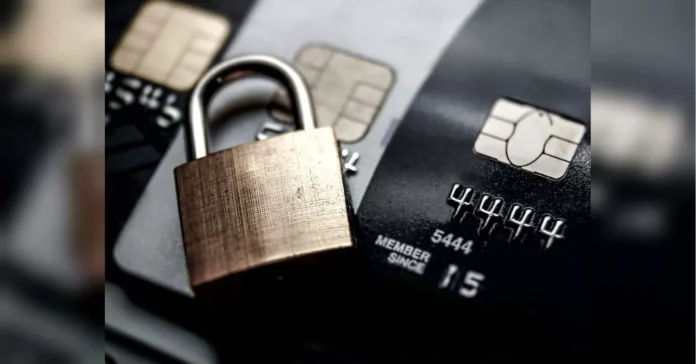A credit or debit card is an essential tool for managing our finances and making purchases. However, there may be times when we need to block our card due to various reasons such as loss, theft, or suspicious activity. In such cases, it is important to understand the procedure for blocking a card to ensure the safety of our funds and personal information.
First and foremost, it is important to note that a card can only be blocked by the cardholder or an authorized representative. This means that no one else, including the bank or financial institution, has the authority to block your card without your consent. This ensures that you have full control over your card and its usage.
The most common reason for blocking a card is loss or theft. In such cases, it is important to act quickly and inform your bank or financial institution immediately. Most banks have a dedicated helpline for reporting lost or stolen cards, which is available 24/7. It is important to note down this number and keep it in a safe place, so you can easily access it in case of an emergency.
When reporting a lost or stolen card, you will be asked to provide your personal details such as name, card number, and date of birth for verification purposes. Once your identity is confirmed, the bank will proceed to block your card to prevent any unauthorized transactions. It is important to note that the bank may also ask for additional information to ensure the security of your account.
Another reason for blocking a card is suspicious activity. If you notice any unauthorized transactions on your card statement, it is important to contact your bank immediately. They will investigate the matter and may advise you to block your card to prevent any further fraudulent activity. In such cases, it is important to keep a record of the unauthorized transactions and provide them to the bank for their investigation.
In some cases, a card may also be blocked due to non-payment of outstanding dues. If you have missed your credit card payments or have exceeded your credit limit, your card may be temporarily blocked until the outstanding amount is paid. In such cases, it is important to contact your bank and make the necessary payments to unblock your card.
Now that we understand the reasons for blocking a card, let’s take a look at the procedure for unblocking it. Once you have reported your lost or stolen card, the bank will issue a replacement card with a new card number. This new card will need to be activated before it can be used for transactions. The activation process may vary from bank to bank, but it usually involves calling a dedicated helpline or using internet banking services.
In case of a temporary block due to non-payment, the card can be unblocked once the outstanding amount is paid. It is important to note that the bank may also charge a fee for unblocking the card in such cases.
It is also worth mentioning that a card can be blocked for security reasons by the bank or financial institution. This may happen if the bank detects any suspicious activity on your card or if you have not used your card for a long time. In such cases, the bank may contact you to verify the transactions or ask you to update your personal information. It is important to cooperate with the bank in such situations to ensure the safety of your card and account.
In conclusion, a card can only be blocked by the cardholder or an authorized representative. It is important to report a lost or stolen card immediately to prevent any unauthorized transactions. The procedure for unblocking a card may vary depending on the reason for blocking it, but it is important to follow the instructions provided by the bank to ensure the safety of your funds and personal information. By understanding the process of blocking and unblocking a card, we can ensure the security of our finances and have peace of mind while using our cards.

